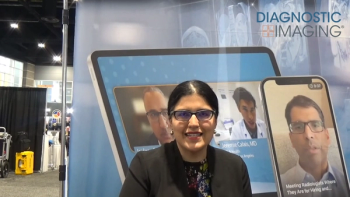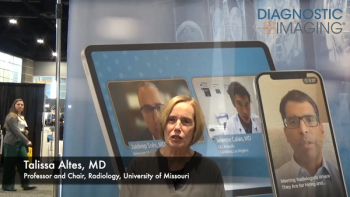
Philips' ThoraVision CR wins FDA nod
The Food and Drug Administrationcleared Philips' ThoraVision computed radiography system lastmonth, setting the stage for a pitched battle between the Dutchvendor and Fuji Medical Systems, which has dominated CR for years. Philips introduced
The Food and Drug Administrationcleared Philips' ThoraVision computed radiography system lastmonth, setting the stage for a pitched battle between the Dutchvendor and Fuji Medical Systems, which has dominated CR for years.
Philips introduced ThoraVision at last year's European Congressof Radiology meeting in Vienna (SCAN 9/16/93). The selenium-baseddigital chest system is the first non-phosphor CR system offeredby a major multimodality imaging systems vendor.
Philips spent a decade developing the selenium detector technologyused in ThoraVision. Selenium was chosen because of its broaddynamic range and wide tolerance to over- or underexposure, accordingto the company. Philips sees lung imaging as one of the largestapplications for the system. Other thoracic objects, such as theheart, pericardium, trachea and blood vessels, can also be imaged.
Fuji has built a commanding lead in CR due to its strong patentposition covering phosphor-based imaging. The company has notbeen resting on its laurels, however. It has set its product developmenteffort at a blistering pace in preparation for the entry of competitorslike Philips into the CR market, an event that will become morelikely with the expiration of Fuji's core patent in 1996.
At last year's Radiological Society of North America meeting,Fuji debuted FCR 9000, a workhorse CR reader that is the platformfor the company's works-in-progress dynamic range control (DRC)technology (SCAN 2/2/94). Fuji also unveiled AC-3, a low-costCR reader capable of processing 70 imaging plates per hour.
Newsletter
Stay at the forefront of radiology with the Diagnostic Imaging newsletter, delivering the latest news, clinical insights, and imaging advancements for today’s radiologists.




























